The 20th Century Master of Art

"Art is a lie that makes us realize the truth". So said Pablo Picasso (1881-1973), arguably the modern world's most gifted and celebrated artist who left his indelible stamp on 20th century painting, sculpture and architecture. Study Picasso's paintings and you'll understand what he meant!
Picasso's father Ruiz trained him formally in art from a young age. Young Pablo soon showed signs of a formidable talent, joining Barcelona's prestigious School of Fine Arts when he was just 13 years old. In 1900, he moved to Paris, Europe's art capital, where his work steadily gained recognition.
Picasso's early tendency towards realism soon gave way to more experimentation. His Blue Period, between 1901 and 1904 is characterized by sombre subjects all in blues or blue-greens.

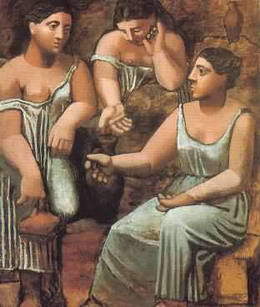

This was followed by the Rose Period, where warm colours dominate and happier subjects prevail. Picasso's love affair with Fernande Olivier, a sculptor's model, no doubt influenced the mood of these paintings.
Cubism, the school of art that he founded, had its seeds in African art. Between 1907 and 1909, Picasso created several paintings influenced by African artefacts, one of the best known being Les Demoiselles d'Avignon. He developed Cubism later together with Georges Braque, taking apart and studying the basic shapes of objects. During this period, Picasso also created the first collage, putting together unrelated fragments of paper to make a work of fine art.
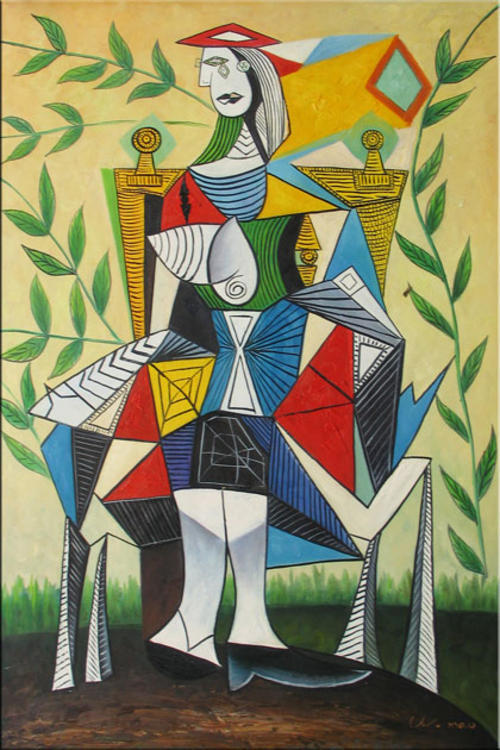
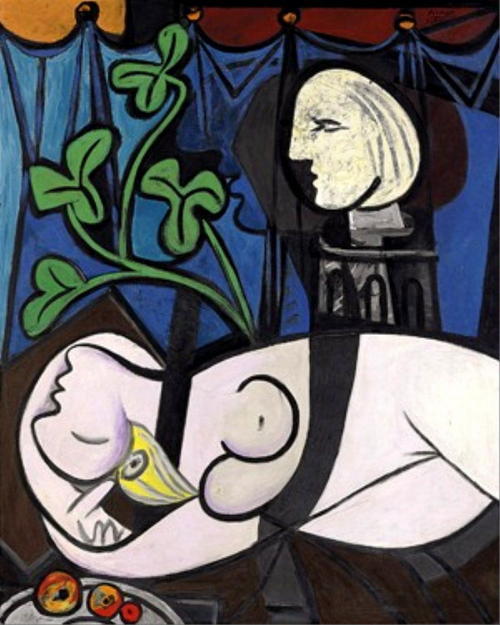

In the 1930s, Picasso's work was frequently dominated by the figure of the minotaur, a Surrealist symbol. Guernica, one of Picasso's most famous paintings, depicts the bombing of Guernica town by the Germans in the Spanish Civil War. As a study of the horrific violence and futility of war, it remains unequalled.
Picasso's later work in art and sculpture reveal a mind in search of the new and unexpressed. His output was prolific, thousands of paintings, etchings, prints, sculptures, ceramics and even tapestries. Virtually every 20th century movement in art bears Picasso's stamp. Although he never created abstract paintings, his influence can be seen in the works of American abstract expressionists like Jackson Pollock. Techniques of modern sculpture, which typically involve welding and fitting together pieces of sheet metal into images, were introduced by Picasso, a radical shift from the traditional use of clay, bronze, stone and wood.

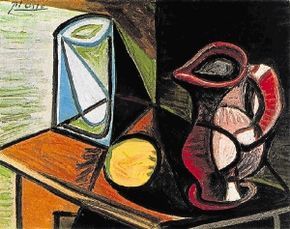
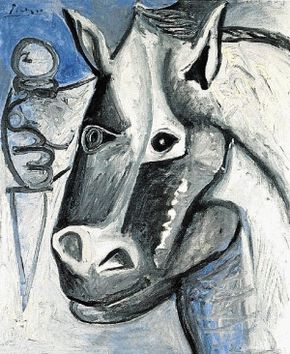
Picasso's earliest works are now displayed in the Museu Picasso, Barcelona. His best known works can be seen in the Musée Picasso, Paris. His paintings continue to rank among the most expensive art of all time, selling for millions of dollars at international auctions. More Picasso paintings have been reportedly stolen, 550 at last count, than those of any other painter. Now that's something the feisty, old master would chuckle at!